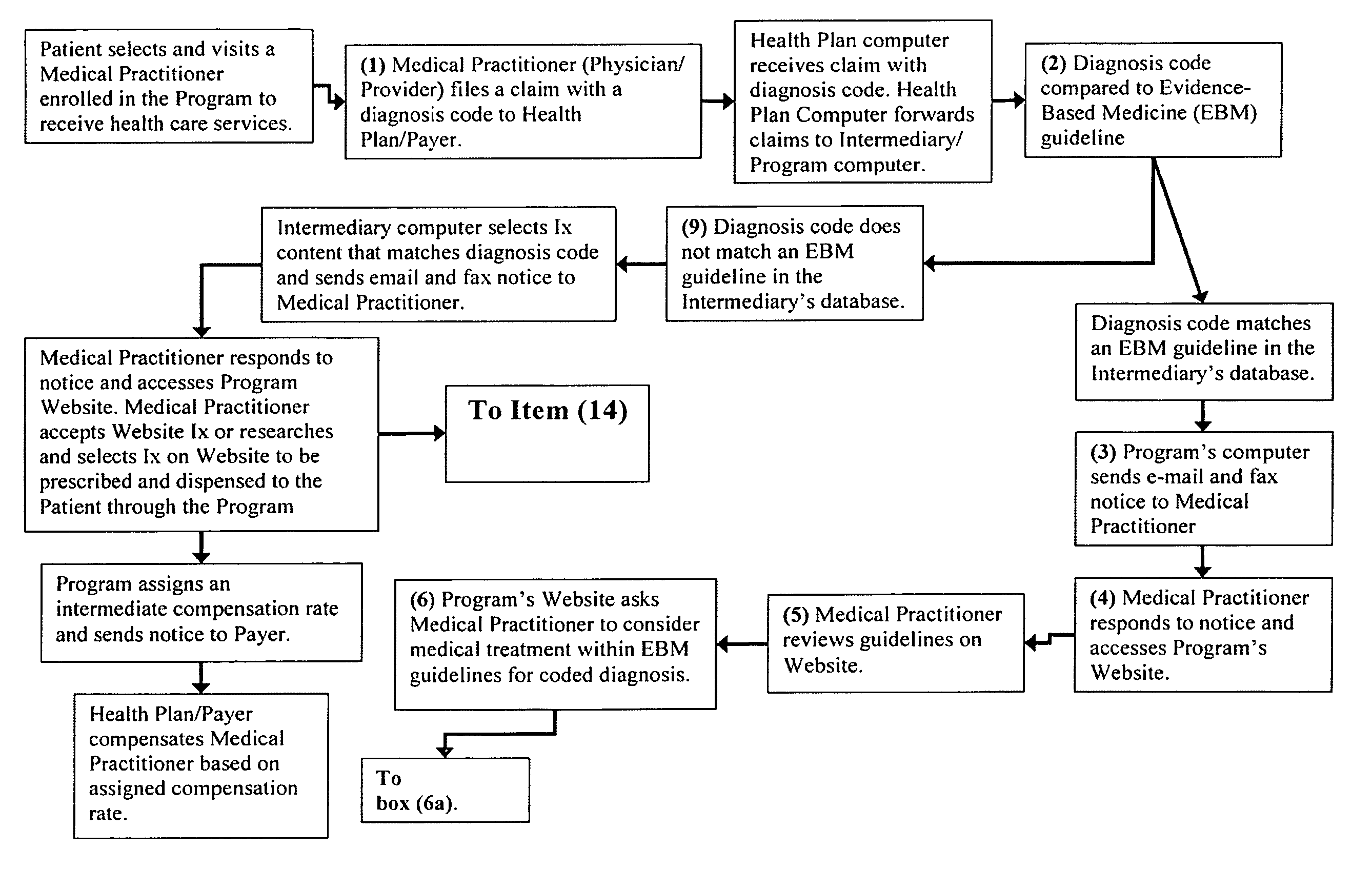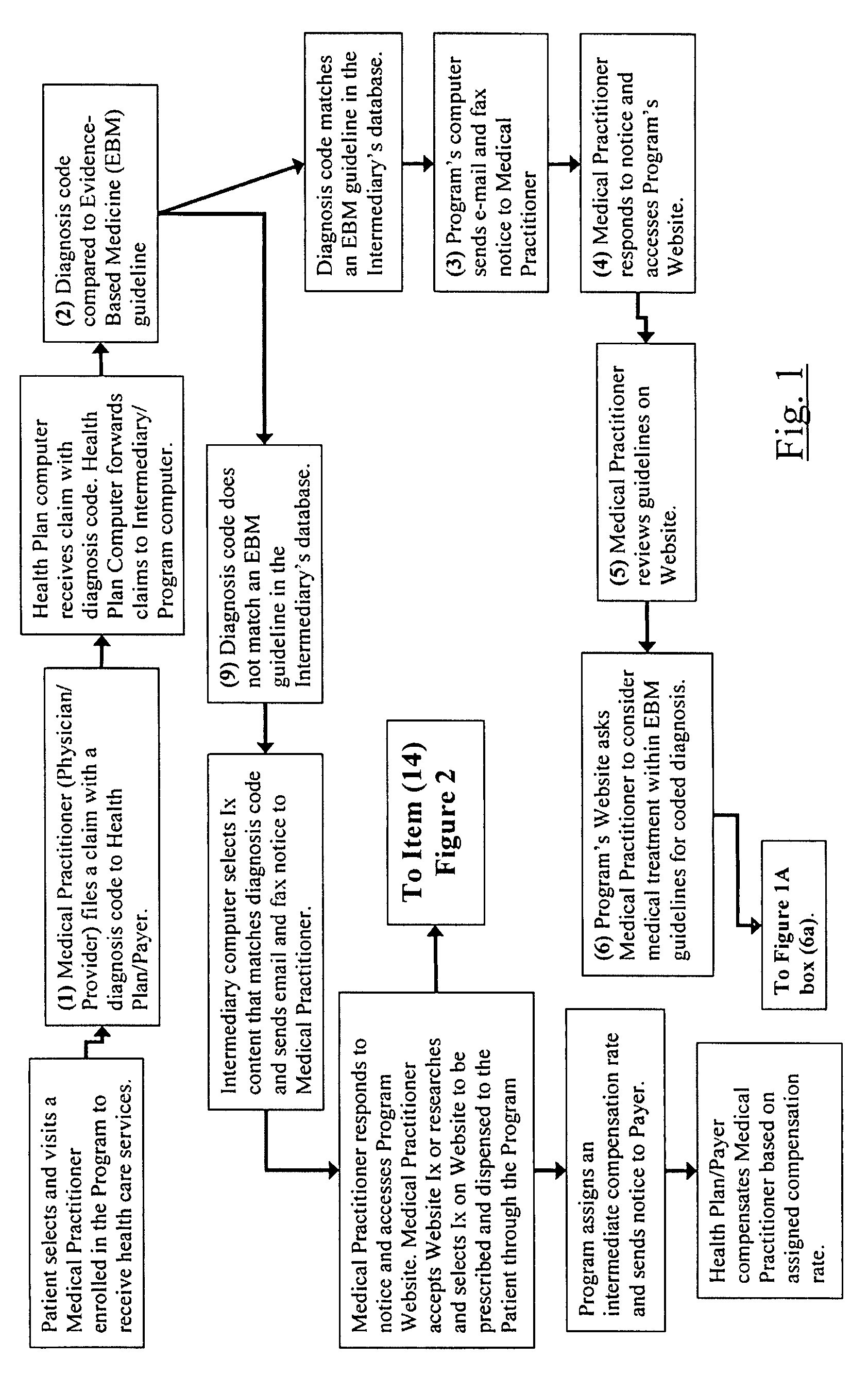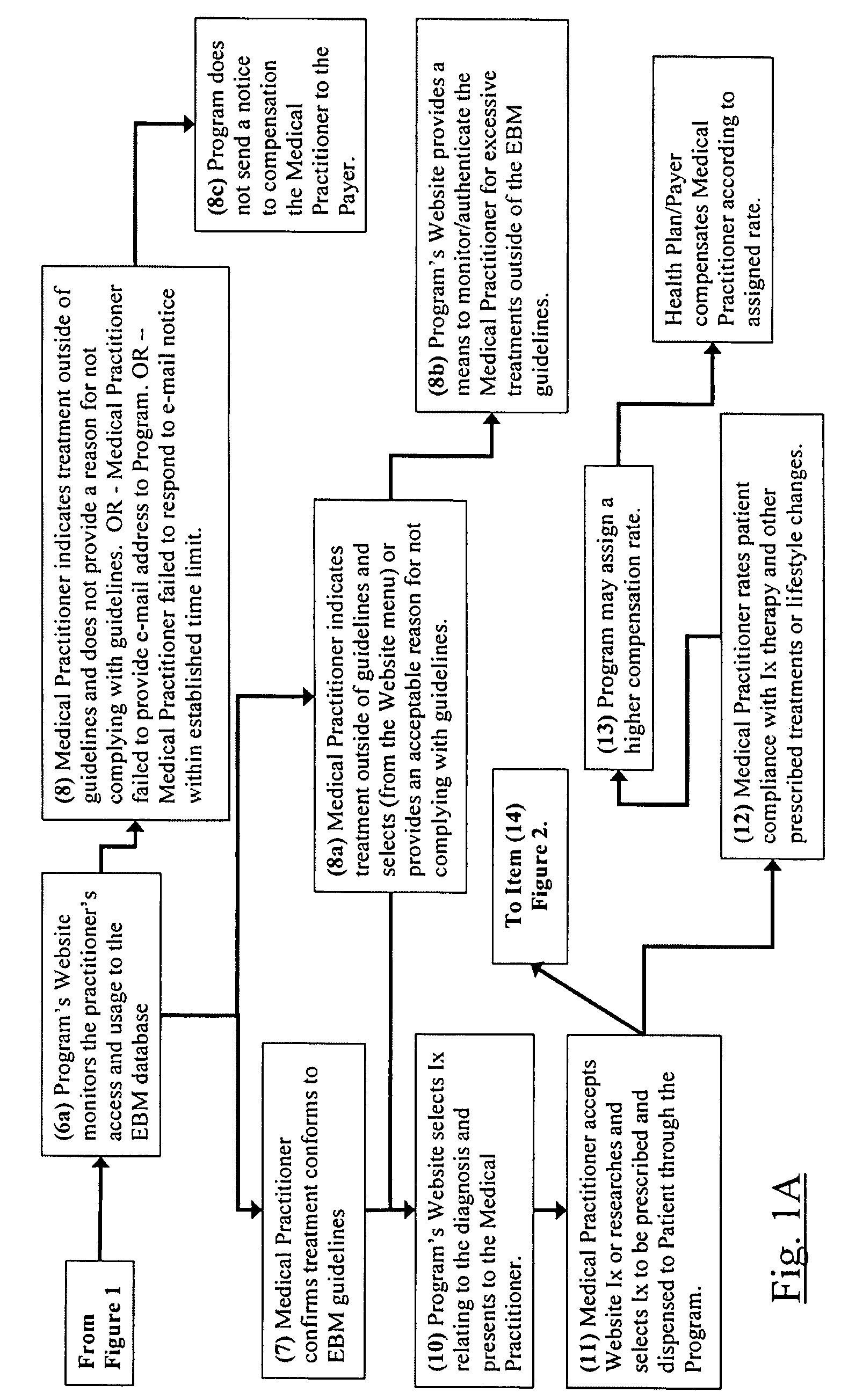A growing number of Americans are losing their health insurance because it is becoming increasingly unaffordable.
The supply of physicians is becoming an increasingly critical problem.
Most experts have declared the current healthcare
delivery system as unsustainable.
Various studies have concluded that healthcare costs are increasing for the following reasons:High Cost Coupled with Poor Healthcare Quality Equates to Low Value—Healthcare in the United States is more expensive than any other developed country and
life expectancy and infant mortality in the United States ranks toward the bottom of developed countries.
This low level of healthcare causes inferior clinical outcomes and higher costs.Variability of Care—Another cause of
poor quality of care is the variability of care from provider to provider and from geographic location to location.
Variability in healthcare indicates a degree of over-treatment, under-treatment and mistreatment that contributes to inferior clinical outcomes and higher cost.Hospital Medical Errors—The fourth leading cause of preventable death is due to errors committed in hospitals, accounting for as many a 195,000 deaths per year.
This is a tragic situation in terms of human loss.
Beyond the human
toll, the economic
impact of hospital errors on victims and survivors is enormous.A Large and Growing
Population of Uninsured—47 million Americans are without health insurance coverage, and this number continues to grow as coverage becomes increasingly unaffordable.Poor Doctor-Patient Communications—Studies have documented that a leading complaint about healthcare among patients is the poor communications with their doctors.
Poor doctor-patient communications causes misdiagnosis, inferior clinical outcomes, malpractice, and higher costs.
)Lack of Patient
Medical Knowledge—Most patients do not understand their medical condition well enough to effectively self-manage their health.
As a result, patients either become too dependent on their doctors for managing their health or they do not seek healthcare until it is too late.
In either case, the cost of healthcare is negatively impacted.Misaligned Provider and Patient Incentives—There are six incentive misalignments that are characteristic of the American healthcare
delivery system that drive costs higher.
They are compensated very little to prevent
disease and injury, and are not compensated at all to cure patients or for elevating healthiness.
Third, American healthcare is one of the only industries or professions where providers routinely get paid to fix their mistakes.
In so doing, doctors perform procedures and order tests that may provide lawsuit protection but have been determined by evidence-based
medicine to be unnecessary for the health of the patient.
Research has concluded that defensive
medicine increases healthcare cost by 5% to 9%.
Furthermore,
health benefits do not reward patients for healthy behaviors or compliance to care recommendations.
All six of these incentive misalignments stimulate healthcare inflation because these misalignments discourage patients and healthcare
service provider accountability and do not empower the parties to improve health or control costs.A Disparity between Who Controls Healthcare Costs and who is compensated for Delivering Healthcare Affects Healthcare Inflation—Medical practitioners (physicians) and patients (consumers) control the vast majority of cost (approximately 80%).
Therefore, physicians and patients control the vast majority of healthcare consumption, and yet physicians receive less of the premium dollar (19%) than
pharmacy (22%), administration and underwriting (250%) and hospitals (28%).Unhealthy Behaviors—Americans are increasingly unhealthy with preventable diseases such as
obesity and diabetes reaching near epidemic rates.
This is a primary cause of healthcare inflation.American Healthcare Delivery is Inefficient—According to a Boston University study, inefficiencies in the American healthcare
delivery system may account for 50% of the total cost of healthcare.Slow Adoption of Medical Advancements—The
delay in full adoption, seventeen years in some cases, of advancements in medicine by the
medical profession is a contributor to inferior health care that can lead to higher total and long term costs.
However, no P4P program has been able to demonstrate sustainable cost containment that produces a return on investment (ROI) for the purchaser, to date.
)Physicians find incentive-based programs that mandate adherence to guidelines treatment protocols as objectionable.
Many medical practitioners consider these types of P4P programs as “cookbook medicine”, counterproductive, potentially dangerous, and will be rejected by the medical
community.
However, service providers and consumers / patients have been slow to adopt EHRs and PHRs because the value proposition for adoption has been inadequate, to date.
In other words, the financial and other incentives have not been sufficient for the vast majority of medical practitioners and consumers to invest the time and money to adopt EHRs and PHRs.Electronic
order entry allows the
service provider to prescribe drugs and refer patients to a specialist or other healthcare providers more efficiently and effectively.
Other quality improvement and cost containment methods consistently fail to recognize or accommodate for this fundamental success criterion of stakeholder alignment.
 Login to View More
Login to View More  Login to View More
Login to View More 


